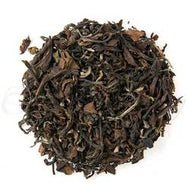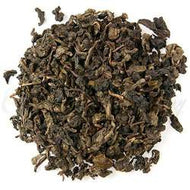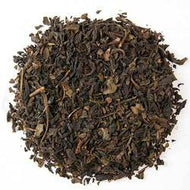Oolong Tea
Wulong tea (more commonly spelled “oolong tea”) doesn’t have a fixed definition. It is typically described as “partially oxidized tea”, which is not wrong, but it’s not a complete picture. The oxidation level alone does not distinguish it as “wulong” tea. It’s the shared process of elaborate transformation (withering, shaking, pan-firing, rolling, drying, baking) that put these otherwise disparate group of teas under the same name.
Even the name does not have a fixed definition. Wulong translates as “black dragon” (which sounds cool to us), but it used to be referred to as “Qing Cha” (Cyan Tea). In China, the color cyan used to be more associated with “black” and often times the terms for these colors were used together (“wuqing”) which translates as “Bruising color” (the color of the leaves after bumping around during shaking). At the time when it originated in Fujian, all wulong had this dark color. The Anxi local language called it “wuliang cha” (translation: “black and good tea”), but that local pronunciation of “liang” sounded like “long”, meaning “Dragon.” The proper pinyin spelling is “wulong” tea, but it is more common in English to see it spelled “oolong tea” and they mean the same thing.



